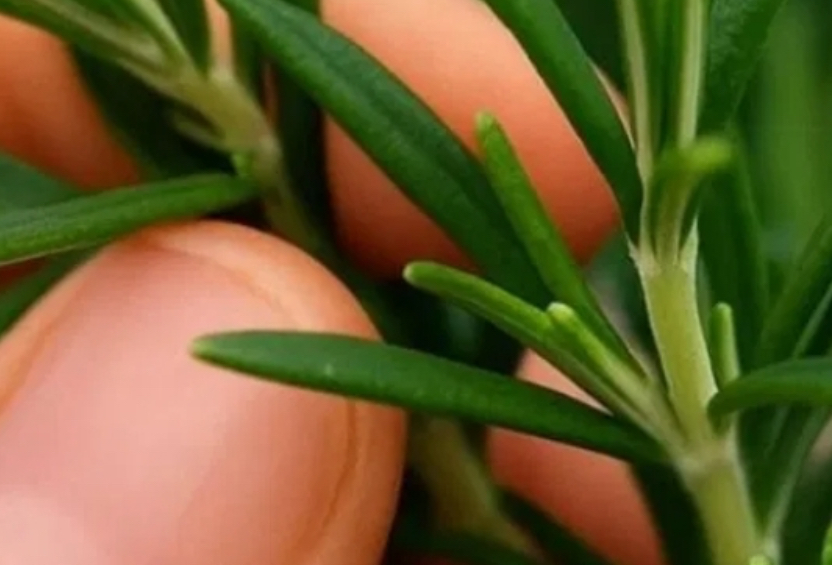Sure! Here’s a detailed, step-by-step article on “How to Grow Basil Abundantly at Home”, tailored to help beginners and plant lovers alike succeed in cultivating a lush and thriving herb garden indoors or on a balcony.
How to Grow Basil Abundantly at Home: A Step-by-Step Guide
Basil is not only a fragrant and flavorful herb essential in many cuisines, especially Italian and Thai, but it’s also one of the easiest and most rewarding plants to grow at home. Whether you have a small kitchen windowsill, a balcony, or a backyard, you can grow basil in abundance with the right care and method. Here’s how to do it step by step.
Step 1: Choose the Right Basil Variety
Before you start planting, decide which type of basil you want to grow. The most popular varieties include:
- Sweet Basil – Ideal for pesto and Italian dishes.
- Thai Basil – Has a spicy, licorice flavor.
- Lemon Basil – Carries a citrusy aroma, great for teas and salads.
- Purple Basil – A beautiful ornamental and culinary herb.
Choose seeds or seedlings from a trusted supplier.
Step 2: Select the Ideal Location
Basil loves sunlight. Find a spot that gets at least 6 to 8 hours of direct sunlight per day. A sunny kitchen window, south-facing balcony, or garden bed works perfectly.
Tip: If growing indoors with limited sunlight, consider using a grow light to supplement light exposure.
Step 3: Prepare the Soil or Potting Mix
Basil thrives in well-draining, nutrient-rich soil with a pH of 6.0 to 7.5. For container growing:
- Use a high-quality organic potting mix.
- Add compost or worm castings to enrich the soil.
- Ensure the pot has drainage holes to prevent waterlogging.
Step 4: Planting the Seeds or Seedlings
FROM SEEDS:
- Fill a seed tray or small pots with moistened soil.
- Sow the seeds about 1/4 inch deep and lightly cover them with soil.
- Mist with water and cover with a plastic dome or plastic wrap until they germinate (usually 5–10 days).
- Once the seedlings have two sets of true leaves, transplant them into larger pots or your garden.
FROM SEEDLINGS:
- Space them 12 to 18 inches apart in the ground or 1 plant per 6–8 inch pot.
- Gently loosen the roots and plant at the same depth they were in their original container.
- Firm the soil and water thoroughly.
Step 5: Watering Correctly
Basil needs consistent moisture, but hates soggy roots.
- Water deeply whenever the top inch of soil is dry.
- Water early in the day to prevent mildew.
- Avoid overhead watering; water at the base instead.
Step 6: Feeding and Fertilizing
Basil is a fast grower and benefits from regular feeding.
- Apply a balanced organic liquid fertilizer (such as 10-10-10) every 2–3 weeks.
- Alternatively, use fish emulsion or seaweed extract for natural nutrition.
Step 7: Pruning for Abundance
Pruning is the secret to a bushy, abundant basil plant.
- Start pruning when the plant has at least 6 sets of leaves.
- Cut the stem just above a pair of leaves, ideally above the second or third set from the bottom.
- Regularly pinch off flower buds before they bloom—this keeps the plant focused on leaf production.
Repeat pruning every week or two to encourage branching and more foliage.
Step 8: Harvesting the Right Way
- Harvest in the morning when oils are strongest.
- Always pick leaves from the top of the plant, not the bottom.
- Never remove more than 1/3 of the plant at once to avoid stress.
Bonus: Frequent harvesting actually promotes more growth!
Step 9: Managing Pests and Problems
Keep an eye out for common basil issues like:
- Aphids or spider mites – Spray with neem oil or soapy water.
- Fungal diseases – Avoid overhead watering and ensure good air circulation.
- Yellow leaves – Could indicate overwatering or nutrient deficiency.
Good hygiene, proper spacing, and regular pruning reduce most problems.
Step 10: Preserving Your Basil Harvest
When basil is growing faster than you can use it:
- Dry the leaves in a dark, airy space.
- Freeze chopped basil in olive oil using ice cube trays.
- Make pesto and store it in jars for later use.
Final Thoughts
With a little care and consistency, you can grow basil abundantly at home, whether in a pot on your windowsill or a raised garden bed. It’s a low-maintenance herb that rewards you generously—adding beauty to your space and flavor to your meals. Follow this step-by-step guide and you’ll enjoy fresh basil all season long!
Let me know if you’d like a version tailored for another plant or with visual guides included!
